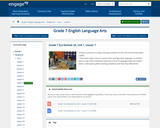
In this lesson, students continue to analyze working conditions in the mill and how they affect Lyddie.
- Subject:
- English Language Arts
- Material Type:
- Lesson Plan
- Provider:
- EngageNY
- Author:
- Expeditionary Learning
- Date Added:
- 04/04/2014

In this lesson, students continue to analyze working conditions in the mill and how they affect Lyddie.
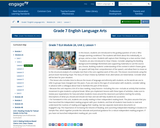
In this lesson, students are introduced to the guiding question of Unit 2: Who changes working conditions? The students will think about this individually, in groups, and as a class.
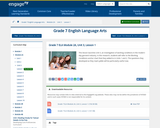
This lesson launches Unit 3, an investigation of working conditions in the modern-day garment industry.
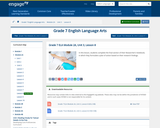
In this lesson, students complete the final section of their Researcher’s Notebook, in which they formulate a plan of action based on their research findings.
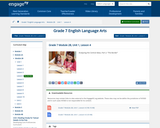
This lesson continues to work with the text “The Border” and the technique of using the “quote sandwich” to cite evidence in writing.
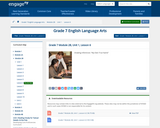
In this lesson, students begin to explore the idea of self-worth as a facet of identity.
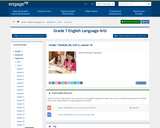
This lesson serves as the culminating discussion of Pygmalion.
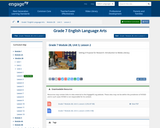
This lesson introduces students to the foundational concepts of media, advertisements, and media literacy.
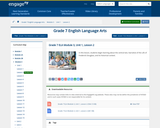
In this lesson, students begin learning about the central text, Narrative of the Life of Frederick Douglass, and its historical context.

In Lessons 11 and 12, students return to the guiding question that launched this module: What gives stories and poems their enduring power? These lessons serve as a sort of “coda” to the module. This lesson centers on Turning the Page: Frederick Douglass Learns to Read. Familiarize yourself with the story ahead of time so you can read it in a compelling way.

In this lesson, students prepare for Part 1 of the mid-unit assessment and plan their children’s book.
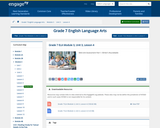
In this lesson, students are assessed on a Writer’s Roundtable. It is an important step in the writing process. It helps students clarify and synthesize their thinking before they begin to write.
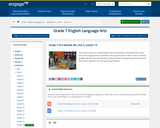
This lesson centers on comparing the risks and benefits of entertainment screen time, and a large portion is devoted to this cognitive task. In Work Time A, students grapple with the risks and benefits as they practice the speaking and listening skills they will be assessed on in the upcoming Fishbowl.
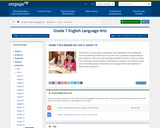
This lesson provides an opportunity for each student to share his or her learning aloud with the class, as well as to learn from classmates’ research before committing to a position. The students are put into like-minded groups intentionally to encourage them to work together to deepen their arguments.
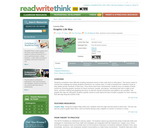
Students sometimes have difficulty recalling important events in their early lives to write about. This lesson works to resolve this challenge by having students brainstorm as a whole class, in order to benefit from collective recall as they define pivotal moments in their lives. Once items have been remembered, students focus on details of these events by choosing graphic symbols for these moments, people, and places, narrowing their lists to eight to ten items, and then ranking and graphing the items so that the overall connections and patterns are revealed. The graphic life map not only gives students specific events to write about but also includes a graphic for each memory that will help bring the events to life.

This activity emphasizes the importance of teaching reading and writing strategies for students to use with informational text.

This lesson provides an opportunity for students to not only read and view the importance of choosing career choices now, but gives them an opportunity to write about their future career goals and think about the best way to achieve them starting now.
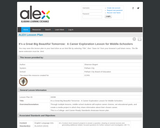
Through multiple lessons, students will explore career choices, set educational goals, and create a media project in which they share information about their chosen career.
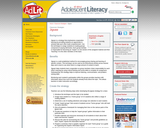
Jigsaw is a strategy that emphasizes cooperative learning by providing students an opportunity to actively help each other build comprehension. Use this technique to assign students to reading groups composed of varying skill levels. Each group member is responsible for becoming an "expert" on one section of the assigned material and then "teaching" it to the other members of the team.
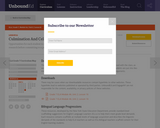
In this lesson, students will share his or her learning aloud with the class, as well as learn from other classmates before committing to a position.